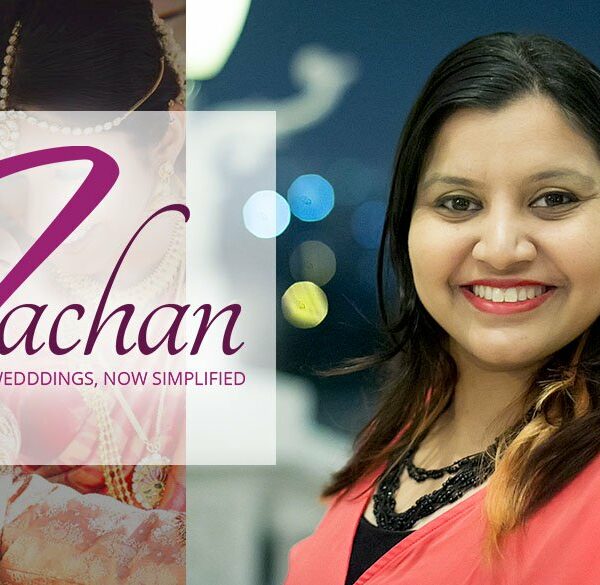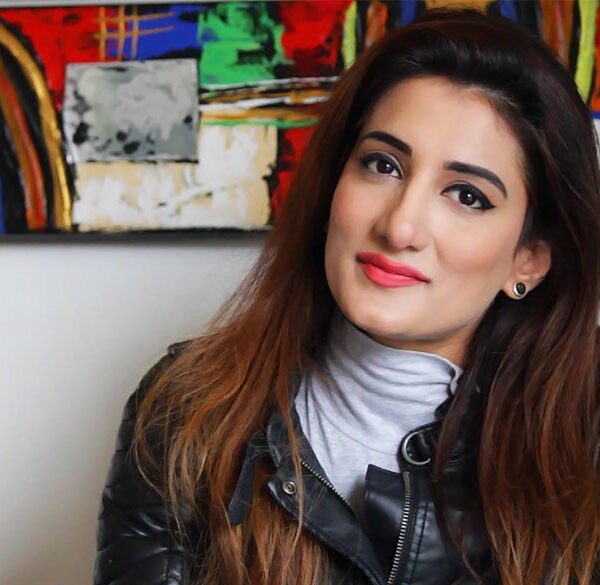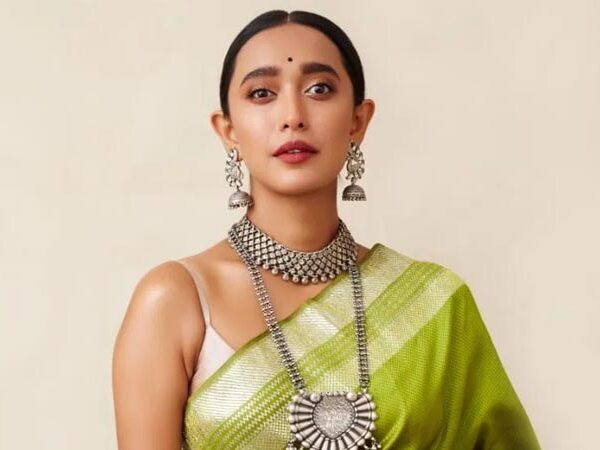The Story begins ….
Feministaa speaks to Payal and Priyanka about their journey behind the creation of ” Tura Turi”

Tura Turi is a Chhattisgarhi term of endearment for boy-girl (munna munni). It was a name that our father just suggested all of a sudden (he had spent some years growing up in Chhattisgarh) and we loved the sound of it. Firstly, it well represented the brand identity and the target audience we were aiming for.
I was a video journalist in Dubai when I had a baby boy. While bringing him up, I realised there was a dearth of good quality baby products representing Indian art and folklore. (I remember complaining to my husband that my child had learned ‘I for Iguana’ much before he knew about Peacocks or Parrots). I got in touch with my sister who is an artist and calligrapher based in Mumbai, and we decided to get together to create a brand that would incorporate intrinsically Indian art, motifs and stories into everyday children’s products.
From that idea, we created “Tura Turi”. We started out with baby blankets, quilts and swaddles (primarily because a quilt is a great canvas to display art on). Payal meticulously drew and calligraphed each design before we converted it into a quilt. I wrote little rhymes and poems that have been incorporated into each quilt.
As a journalist and a writer, I’ve been telling stories for the last decade. So to me, Tura Turi is just an extension of that ,with us trying to bring alive stories in any form for young children. Post motherhood, women often find themselves at crossroads with regards to their families versus career. Today, we’re seeing a lot of women who are quitting conventional jobs to start off something of their own.
We’re seeing an entirely new group of working women – the mompreneurs.
Personally, this tag seems a little debilitating since it seems to conjure up an image of a mother who is bringing up a baby as well as dabbling in her hobbies. Whereas in reality, any entrepreneurial role is a huge challenge and often ‘mompreneurs’ are seen running viable businesses.
Feministaa spoke to Payal about her experience as an artist and posed varied questions about her field of work.
Spreading the Message about Indian Folklore through “Tura Turi”
For adults, it’s easier to understand and find connections between art and its origins along with its meanings. But, it is for them to pass it on to their children in the way they perceive them.

For children, it could be a colour, a motif or a script that will catch their fancy. What they make of it is totally up to them. This is the beauty about short stories & their vivid imagination. It will push their imagination to create new stories and that is really the whole idea behind it.
Payal’s Experience with Calligraphy
Its true that there is no university which teaches calligraphy or typography in India.
In fact, when I first decided to become a calligrapher, I tried to search for a course (part time or full time) that would give me a deeper understanding of the art. Unfortunately, I couldn’t find a single place to do so. The next best alternative was to find a private tutor and found Mr.Achyut Palav who runs workshops for teaching calligraphy. Of course, that’s far from enough but it was a great start. After that, it was self tutoring all the way.
Practicing your art is most important in order to perfect it. Its the same when you need to “Riyaaz” in singing. You should ideally never lose touch with your art. With practice comes hours and hours of experimentation along with the constant discovery of different uses of your skills. I can learn one new style every week for the rest of my life and it still won’t be enough. But social platforms like Youtube, Instagram and Pinterest have made it easier to connect with calligraphers in other parts of the world and its inspiring to see how much its used the world over.
Making a career in Calligraphy
Over the last 6 years of being an artist, I have used it in so many different ways be it designing a new font, a wedding card, shoes, tattoos or logos. I have taught over 400 students, the basic art of calligraphy. I have painted murals that are 10 feet high, created metal installations that reach the ceiling of a room and even made numerous canvas paintings. Also, what I am doing right now is creating a masterpiece and using that art piece to produce children’s merchandise. It should be inspiring enough just seeing this list. The options are endless.
How you use your art is totally up to you. Anyone who has the slightest talent and inclination should get fully involved. They will definitely find a way to make a living out of it. I’am not even a trained artist and I am totally self taught and still doing what I love the most. If you see my first painting, you’d laugh. It’s terrible, but I only got better with practice. I realised much later in life what my passion is and I pursued it as soon as I figured it out. So, ladies let nothing stop you!
Feministaa spoke to Priyanka about her experiences and her role in Tura Turi along with the challenges she faced while switching careers.
Art as an inspiration
Art is not static and is definitely not confined to a single painting on the wall. It is dynamic and exists in everything around us. What we wanted to do was to break the mould when it comes to ‘art for children’. If you look around at the options for products in the children’s space, they are quite limited. We wanted to explore a world beyond conventional cartoons and still make it look relevant for children. Our folk traditions are full of such vibrant stories, paintings and characters and it was just natural for us to adapt those into the merchandise we create for children.
My Childhood Inspiration
I grew up in a Bengali household and my childhood was full of stories told to me by my grandmother. Every night, she enthralled me with stories about Gods and Goddesses, Demons, Princes and Princesses. It was only when I grew up that I realised that she was telling me stories from the Puranas, the Vedas and extracts from Bengali folklore.

These stories got me interested in folklore from all around the world and even today, I try and pick up a book of local folk stories from whichever country / city I visit.
The Big Switch
Oh it’s a completely different world. For me, two big changes came about very quickly. For the first 8 years of my career, I was a journalist who worked long, crazy hours. Then I became a mother and had to learn to juggle motherhood with working in the media. (more so since I returned to work when my son was 2 months old). So I’ve had situations where I’ve had to rush in to a room to pump milk in the middle of an edit session, or time my shoots in a way as to not disrupt my babies feeding schedule.
The next change was when I decided to quit the media and start off on my own. Suddenly, I was the master of my own time, but I had to use it well. Another challenge was the field we got into. We decided to start with children’s quilts because it seemed like the ideal canvas for art. But to be honest, we didn’t know the first thing about fabrics or processes of printing and quilting. So there was a huge learning curve where we had to understand the steps and processes that went into making our desired children’s merchandise.
A message for the Readers
Work and Life can be balanced. It’s up to you how you choose to do it. As we grow older and face different and difficult choices, it’s ok to know that there’s no correct answer. Any path you decide to take is the right one for you. I have tremendous respect for all kinds of women – stay at home moms, working moms and even women who choose not to have children. We just need to judge ourselves on our own parameters and not get bogged down by what society expects of us .
Feministaa team thanks Payal and Priyanka for taking out their valuable time to speak to us. We wish them all the best for their future endeavours.












